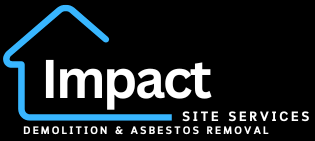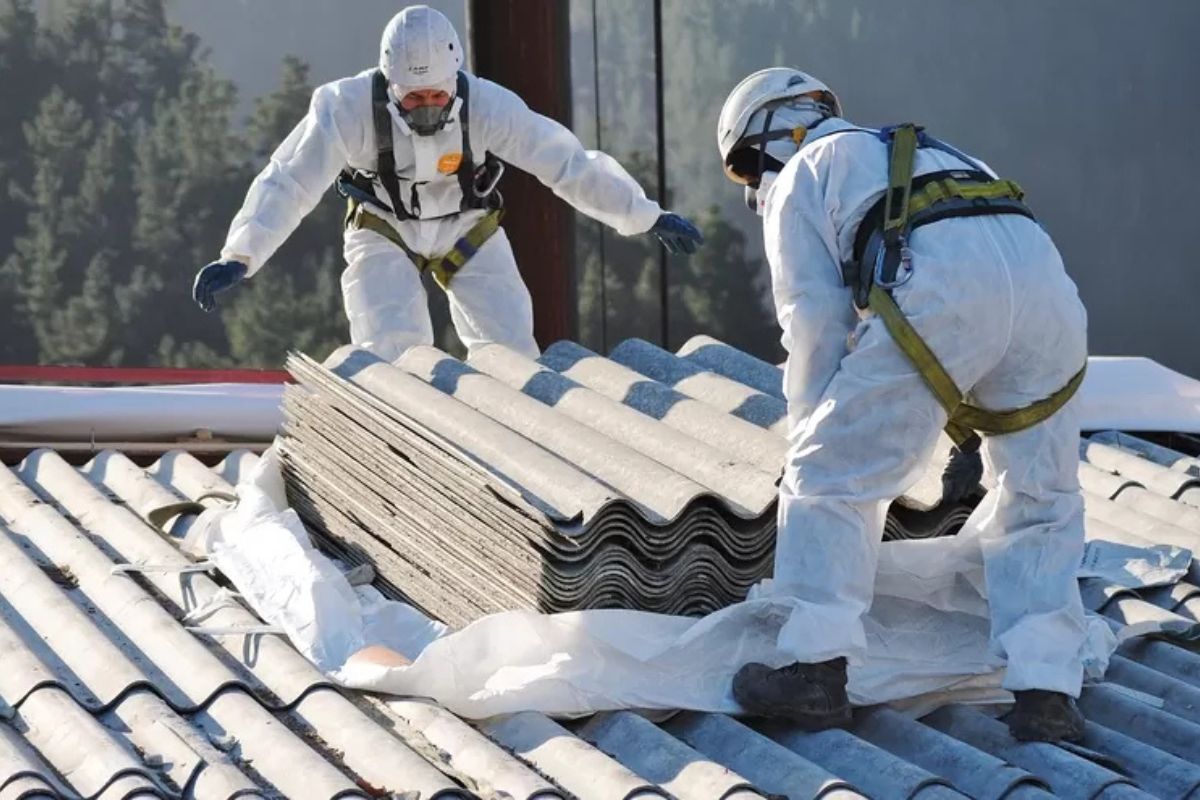How to Identify Asbestos in Older Maitland, NSW Homes
Asbestos is a naturally occurring mineral that was widely used in construction materials throughout Australia, especially from the 1940s to the 1980s. However, due to its health risks, its use was banned in 2003. Many homes built before this period, particularly in areas like Maitland, NSW, may still contain asbestos, posing a potential health hazard to residents. Identifying asbestos in older homes is crucial for maintaining a safe living environment. This comprehensive guide will help homeowners in Maitland, NSW identify asbestos, understand its risks, and take the necessary steps to manage or remove it safely.
What is Asbestos and Why is it Dangerous?
Asbestos is a group of six naturally occurring minerals that were once commonly used in building materials for their heat resistance, insulation properties, and durability. However, asbestos exposure is a significant health risk. When asbestos-containing materials (ACMs) are disturbed or damaged, tiny fibers can become airborne and be inhaled, leading to severe lung diseases such as asbestosis, lung cancer, and mesothelioma. These conditions may take years or even decades to develop, but they are often fatal.
Key Health Risks Associated with Asbestos Exposure
- Asbestosis: A chronic lung disease caused by inhaling asbestos fibers, leading to scarring of the lung tissue and breathing difficulties.
- Lung Cancer: A common result of prolonged asbestos exposure, with symptoms like coughing, chest pain, and difficulty breathing.
- Mesothelioma: A rare but aggressive cancer of the lining of the lungs, abdomen, or heart, almost exclusively caused by asbestos exposure.
- Other Respiratory Problems: Long-term exposure to asbestos can also cause pleural plaques, which are thickening of the lining of the lungs.
Given these risks, it’s essential to identify and handle asbestos in your home with care.
How to Identify Asbestos in Older Maitland Homes
Many houses in Maitland, NSW, were built in the mid-20th century when asbestos was commonly used in construction materials. Identifying asbestos in older homes requires knowledge of typical materials that may contain it, as well as an understanding of its appearance and the circumstances under which it may become hazardous.
1. Check the Construction Date of Your Home
The first step in identifying asbestos in your Maitland home is to determine when it was built. Homes constructed before 1980 are more likely to contain asbestos, especially if renovations or repairs were made during the asbestos boom from the 1940s to the 1970s. However, asbestos was used in homes as late as the 1980s, so it is still worth being cautious if your home was built or renovated during that time.
2. Common Asbestos-Containing Materials in Homes
Asbestos was widely used in a variety of construction materials. Some of the most common materials that may contain asbestos in older Maitland homes include:
a) Roofing Materials
- Corrugated cement sheets (commonly referred to as ‘fibro’) used in roofing may contain asbestos. If the roof looks like corrugated cement or if you see visible cracking or deterioration, it’s best to have it inspected.
b) Wall Panels and Cladding
- Fibrous cement sheets were often used for external walls, particularly in older homes and sheds. These can sometimes contain asbestos, especially if the sheets are older or show signs of wear and tear.
- Internal wall panels or cladding, particularly in wet areas like bathrooms or kitchens, may also contain asbestos.
c) Insulation Materials
- Asbestos was commonly used in insulation, particularly for pipes, hot water systems, and even within attics or ceilings. If you notice any old, fibrous material around pipes or insulation areas, this could be asbestos.
d) Flooring Materials
- Vinyl flooring and vinyl tiles, as well as the backing material, may contain asbestos. Older homes in Maitland often have these flooring types, which should be carefully inspected for any damage.
- Tiles and linoleum in bathrooms and kitchens were also sometimes made with asbestos.
e) Ceiling Materials
- Some ceiling materials, including popcorn ceilings and decorative stucco, may contain asbestos. This was a popular method of finishing ceilings from the 1950s through the 1980s.
f) Fireplaces and Flue Pipes
- Older fireplace surrounds and flue pipes might contain asbestos due to the heat-resistant properties of the mineral.
3. Look for the Label
In many cases, asbestos-containing materials (ACMs) were labelled clearly as containing asbestos. Look for any markings, labels, or manufacturing information on products like roofing materials, flooring tiles, and insulation. However, many materials may not have a visible label, so visual identification and expert consultation are often necessary.
4. Examine the Condition of Materials
Asbestos becomes dangerous when it is disturbed or damaged, releasing fibers into the air. If materials are deteriorating, chipped, or cracked, there is a high risk that asbestos fibers may be present. Do not attempt to handle or disturb these materials on your own. This includes attempting to remove or repair roofing, wall cladding, or flooring.
How to Safely Manage Asbestos in Your Home
If you suspect that your Maitland home contains asbestos, it is crucial to manage it safely. There are several steps you can take to reduce the risk of exposure:
1. Do Not Disturb Suspected Asbestos
If you identify or suspect that materials contain asbestos, it’s essential not to disturb them. Do not attempt to scrape, sand, or remove these materials yourself. Asbestos fibers can become airborne if disturbed, increasing the risk of exposure.
2. Hire a Professional Asbestos Assessor
Hiring a licensed asbestos testing professional is the best way to confirm the presence of asbestos in your home. These professionals are trained to collect samples and assess the condition of materials. If asbestos is present, they can advise you on the best course of action.
3. Get an Asbestos Removalist
If asbestos is identified and it poses a risk (for example, if the material is damaged or deteriorating), you should contact a licensed asbestos removal in Maitland. These professionals are trained in safely removing and disposing of asbestos-containing materials according to local regulations.
4. Consider Encapsulation or Repair
In some cases, rather than removing asbestos-containing materials, it may be safer and more cost-effective to encapsulate (seal) or repair the materials. Encapsulation involves sealing the asbestos to prevent the fibers from becoming airborne. This is generally only suitable for materials that are in good condition.
5. Follow Local Regulations
In New South Wales, there are strict laws and regulations concerning the handling, removal, and disposal of asbestos. The Work Health and Safety Act 2011 and the SafeWork Australia guidelines provide information on legal requirements and safety standards for dealing with asbestos.
How to Prevent Asbestos Exposure in Older Homes
Maintaining a safe environment in older Maitland homes that may contain asbestos requires vigilance and prevention. Here are a few tips for minimising exposure:
- Regularly inspect the condition of materials that may contain asbestos, especially after any home renovations or repairs.
- Do not attempt DIY renovations or repairs on materials that may contain asbestos.
- Ensure that any work involving potential asbestos-containing materials is carried out by a licensed professional.
- Keep children and pets away from areas where asbestos may be present.
Conclusion
Identifying and managing asbestos in older homes in Maitland, NSW, is essential for protecting the health of residents. By understanding where asbestos is commonly found, recognising its dangerous potential, and following proper safety protocols, you can ensure that your home remains a safe place to live. If you suspect your home contains asbestos, always consult with professionals who can assess, manage, and safely remove the material. With the right knowledge and precautions, you can mitigate the risks and protect your family from the harmful effects of asbestos exposure.

